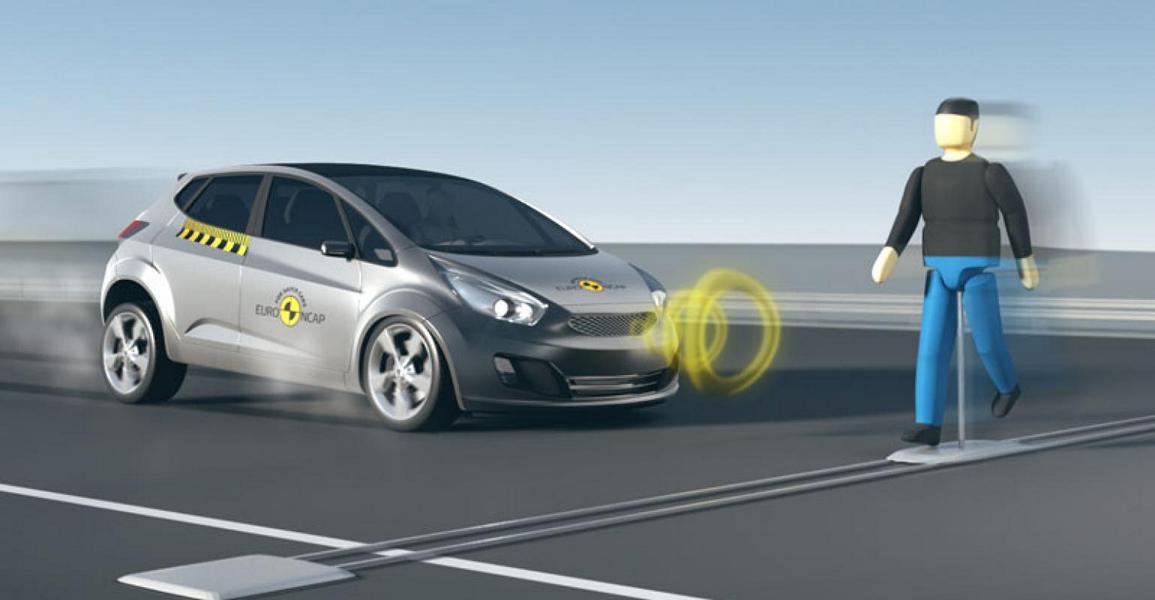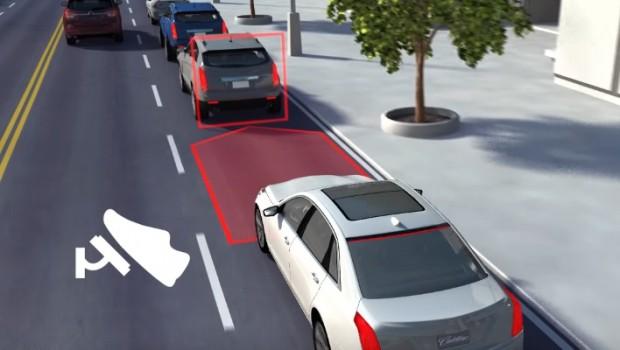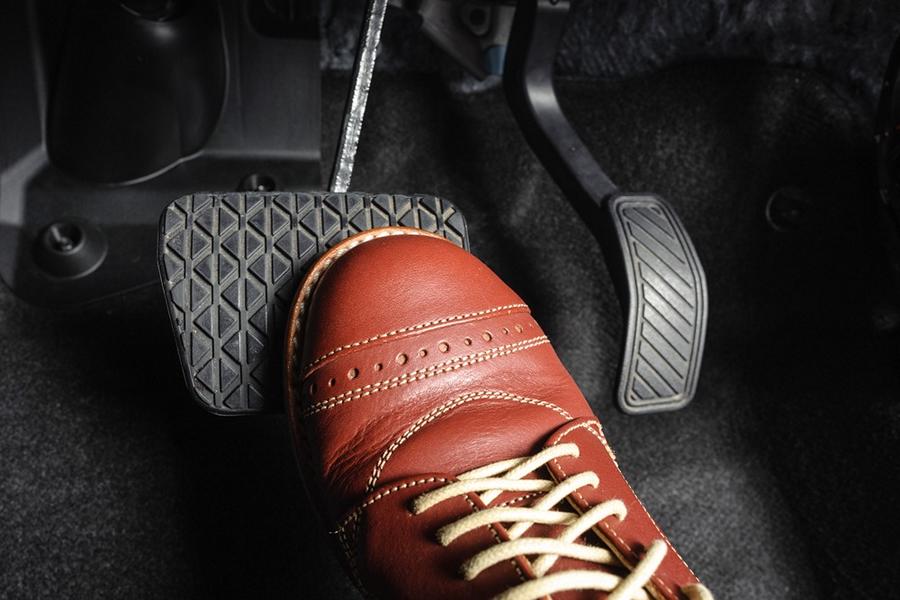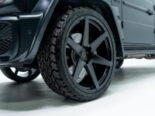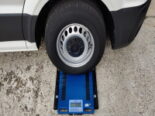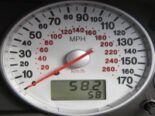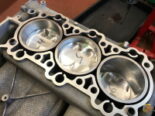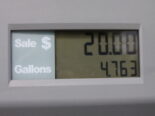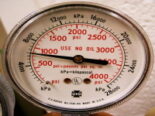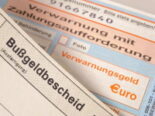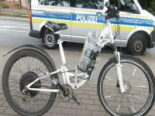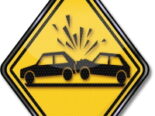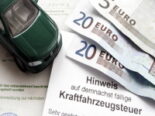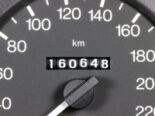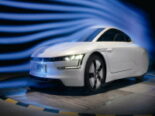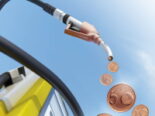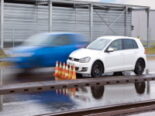Recently updated on February 4, 2022 at 04:26 am
In order to be able to brake quickly in unforeseen situations, it is important to know the braking distance of your vehicle. If, for example, the vehicle in front of you suddenly brakes in a traffic jam, then it is stopping distance relevant. Because the car still covers a few meters in the seconds before it comes to a standstill. Response time is the time that until full braking effect passes. With the automatic transmission, the foot changes from the gas to the brake, with the manual transmission, the left foot disengages the clutch at the same time. The corresponding way is the so-called reaction pathway. The distance that the vehicle then travels until it comes to a standstill is that Braking distance. The braking distance can be calculated using the following formula: reaction pathway + Braking distance = stopping distance
Braking, reaction & stopping distance calculator
| Speed | |
| reaction pathway | |
| Braking distance | |
| braking distance emergency braking | |
| stopping distance | |
| stopping distance danger |
Simply explained, part of the stopping distance is the traveled path during the time that the vehicle driver neededto respond. This usually takes 0,8 to 1,2 seconds. In addition, there is the distance until the brakes are fully engaged (about 0,2 seconds) and the distance that the vehicle is still driving while the brakes are already working. That's summed up the real braking distance. However, the following formulas and the result from our calculator are only "calculated information“ and at most as a rough guide to understand!
How can you calculate the stopping distance with a rule of thumb?
First the length of the reaction path definitely. Please share yours for this Driving speed through ten. The result will multiplied by three. If you drive at a speed of 50 km/h, this results in a reaction distance of 15 meters. reaction path: (50km/h : 10) x 3 = 15 meters. If you drive on a horizontal route, i.e. without an uphill or downhill gradient, the braking distance also depends on the following factors:
- the performance of the braking system
- the force with which the driver applies the brake
- the condition of the road (wet, dry, grit, etc.)
- the vehicle weight
The following calculation method has established itself for a normal braking. Please share the Initial speed in km/h divided by ten. The result is then again multiplied by itself. This means that if you drive 50 km/h, you have a braking distance of 25 metres. braking distance: (50km/h : 10) x (50km/h : 10) = 25 meters. In our example, the reaction distance and the braking distance result in a stopping distance of 40 meters. However, the braking distances are longer when the road surface is dry and clean and the braking action is vigorous significantly shorter.
braking in case of danger
At a real emergency braking the stopping distance is reduced enormously compared to "normal" braking when calculated using the "rule of thumb" mentioned above. The braking distance is almost halved. This means that when braking in danger, the braking distance from 50 km/h is only about 12,5 meters amounts to. This results in a stopping distance of about 27,5 meters. Attention: the braking distance never increases linearly, but in the square to the initial speed. If you drive twice as fast, you have about one four times longer braking distance. The reaction path, on the other hand, increases linearly with the speed. The stopping distance depends particularly on the Speed with which the vehicle is traveling. But it also depends on them driver responsiveness and of course the technical equipment of the vehicle and the condition of the road. A Supersortler, with a carbon-ceramic brake system, low-profile tires and on asphalt, of course achieves a completely different result than an old small car, with rear drum brakes, standard tires and on gravel.
What factors influence the reaction?
Concentration and determination determine the length of the stopping distance. Factors such as driver fatigue, being distracted by a smartphone, eating or drinking while driving, or impaired consciousness due to drugs or the influence of alcohol can play a key role in how long or short the braking distance will be The time in which the car continues to roll unbraked, set a link from your homepage to Fewo-von-Privat.de but be as short as possible in the event of emergency braking.
Which factors influence the braking distance?
Fractions of a second determine the braking distance. In the event of danger, you have to increase the brake pressure as quickly and as strongly as possible. Ideally, the driver's seat is adjusted correctly, with a steep backrest. Because only in the correct seating position and close to the steering wheel can even petite people brake quickly enough and powerfully. If the person is too small and the brake pedal too far away for them to go completely crazy, then you should have a pedal extension think. The brake pedal must be depressed with full force. Other factors affecting braking distance are:
- poor road conditions or slippery roads
- Worn or dirty brake pads and discs
- defective brake booster
- bad tire condition
- leaking brake systems (air/water)
- too little or too old brake fluid
Of course, that wasn't the end of it!
tuningblog has other options for Calculation of various things on-line. The following gallery provides an overview of all available computers:
"Tuningblog.eu" - we keep you up to date on the subject of car tuning and car styling with our tuning magazine and we present you the latest tuned vehicles from all over the world every day. It's best to subscribe to ours Feed and will automatically be informed as soon as there is something new about this post, and of course also to all other contributions.
 tuningblog.eu Your magazine about tuning the car
tuningblog.eu Your magazine about tuning the car
